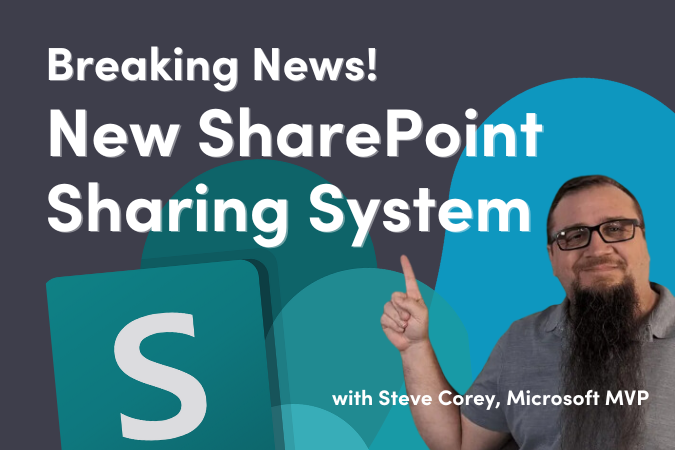Nintex Workflow End of Life: What You Need to Know Before April 2026
If your organisation still uses Nintex Workflow on SharePoint 2013 or Office 365, this is a critical update. Microsoft and Nintex are retiring support for SharePoint 2013 workflows and the Nintex Workflow for Office 365 product. By mid-2026, these workflows will no longer function or be supported.
Here’s what you need to know to avoid disruption.
Key Deadlines to Watch
| Event | Date | Impact |
|---|---|---|
| Nintex Workflow for Office 365 end of support | Dec 31, 2025 | No more updates, patches, or support from Nintex |
| SharePoint 2013 workflows end | Apr 2, 2026 | Microsoft disables the SharePoint 2013 workflow engine |
| Nintex workflows using 2013 engine break | Apr 2, 2026 | Processes built on it will fail |
| SharePoint 2010 workflows (for SE users) | July 14, 2026 | Full retirement with no workaround |
If you’re still running on-prem SharePoint workflows tied to Nintex, support ends in December 2025, and functionality stops in April 2026.
What SharePoint 2013 Workflow End of Life Means
- No more security patches or bug fixes after retirement dates
- Workflows may stop unexpectedly, risking productivity and compliance
- Microsoft and Nintex support will no longer be available
Nintex has warned that workflows will fully shut down on April 2, 2026, with “no recourse or workaround” for affected tenants.
Why Microsoft Is Retiring SharePoint 2013 Workflows
Microsoft is phasing out legacy SharePoint workflow engines in favour of Power Automate and cloud-native solutions. Legacy tools, including SharePoint Designer workflows, introduce risk and no longer align with Microsoft’s roadmap.
Nintex is following suit by retiring its older frameworks. That includes Nintex Workflow for Office 365 and on-premises setups that rely on the 2013 engine.
What Are Your Options?
1. Migrate to Nintex Automation Cloud
- Offers modern UI and low-code capabilities
- Migration requires rebuilds, testing, and planning
- Licensing can cost 4x–5x more than on-prem solutions
Start by creating an inventory of your current SharePoint workflows. Size them by action count to estimate complexity and effort.
2. Switch to Power Automate
- Microsoft-backed, integrates with M365, Azure, and Dataverse
- More governance and scalability
- Aligns better with future support models
Many IT leaders prefer Power Automate due to its native support within Microsoft 365 and strong documentation around SharePoint 2013 workflow migration.
3. Stay On-Prem (Not Recommended)
Remaining on unsupported SharePoint 2013 workflows risks system failure, data loss, and compliance issues. Microsoft has made clear there will be no fallback.
What to Do Now
- Build an inventory of all current SharePoint workflows
- Identify critical vs. redundant automations
- Choose a migration path: Power Automate or Nintex Cloud
- Run pilot tests on complex workflows
- Set governance standards for future workflows
- Use PowerShell or the admin portal to decommission SharePoint 2013 workflows before April 2026
Why You Can’t Wait
Delaying puts your business at risk. Legacy systems without support are exposed to vulnerabilities. According to Microsoft, Power Automate adoption shows a 248% ROI over three years. Migrating your SharePoint workflows now helps avoid fire drills later.
Talk to Us
If you’re an enterprise architect, CTO, or IT leader, now’s the time to move. Quisitive has helped countless organisations modernise their SharePoint 2013 workflows with minimal disruption. We’ll help you assess, plan, and execute your migration using Power Automate or Nintex Cloud.
April 2026 is coming. Make it a milestone – not a crisis.

;)



